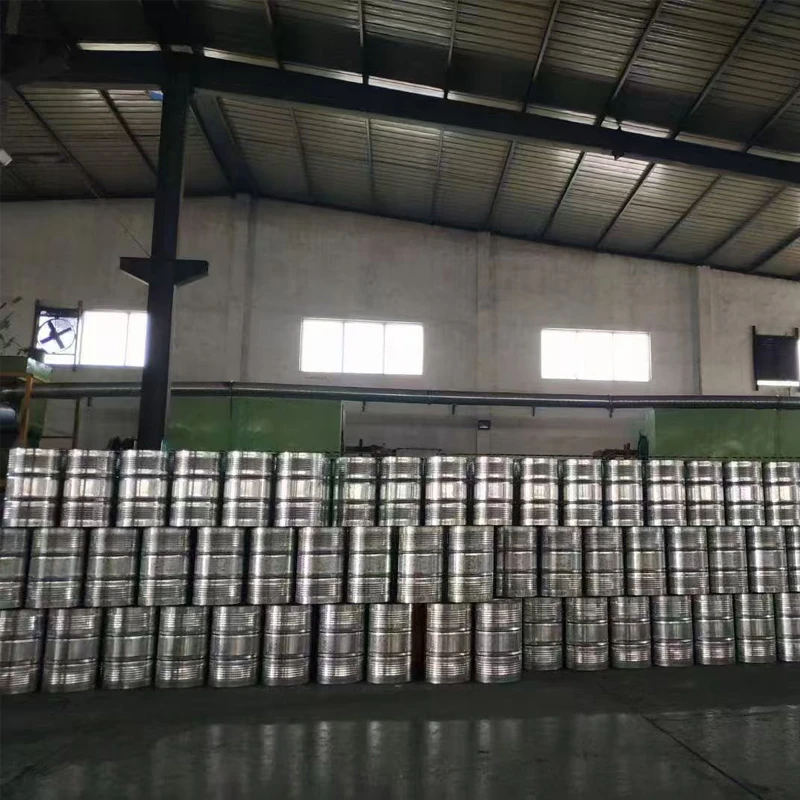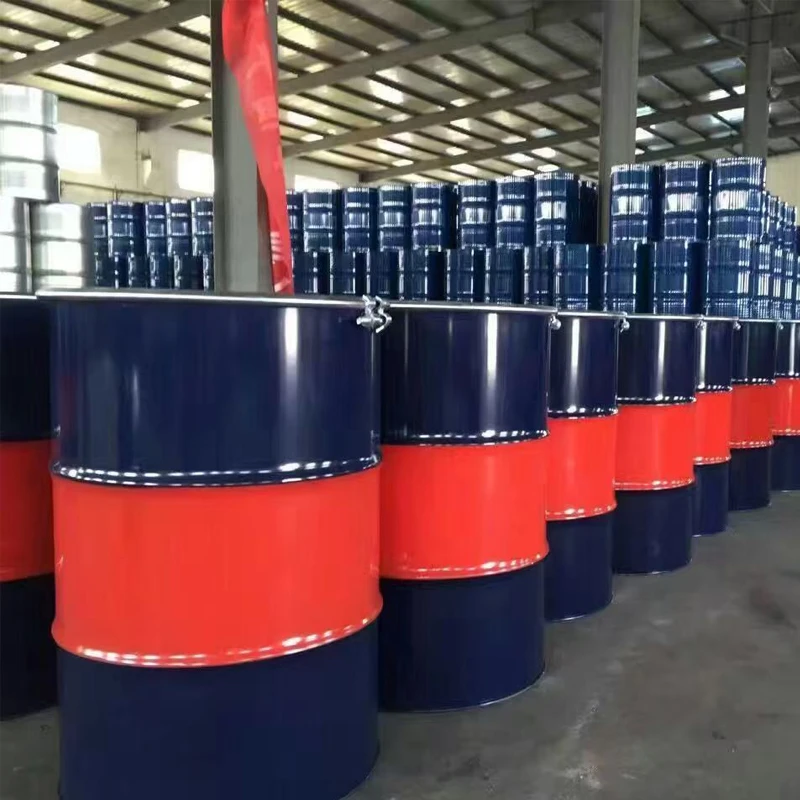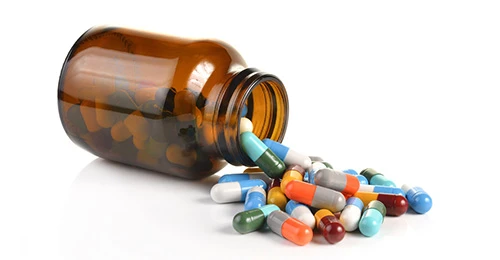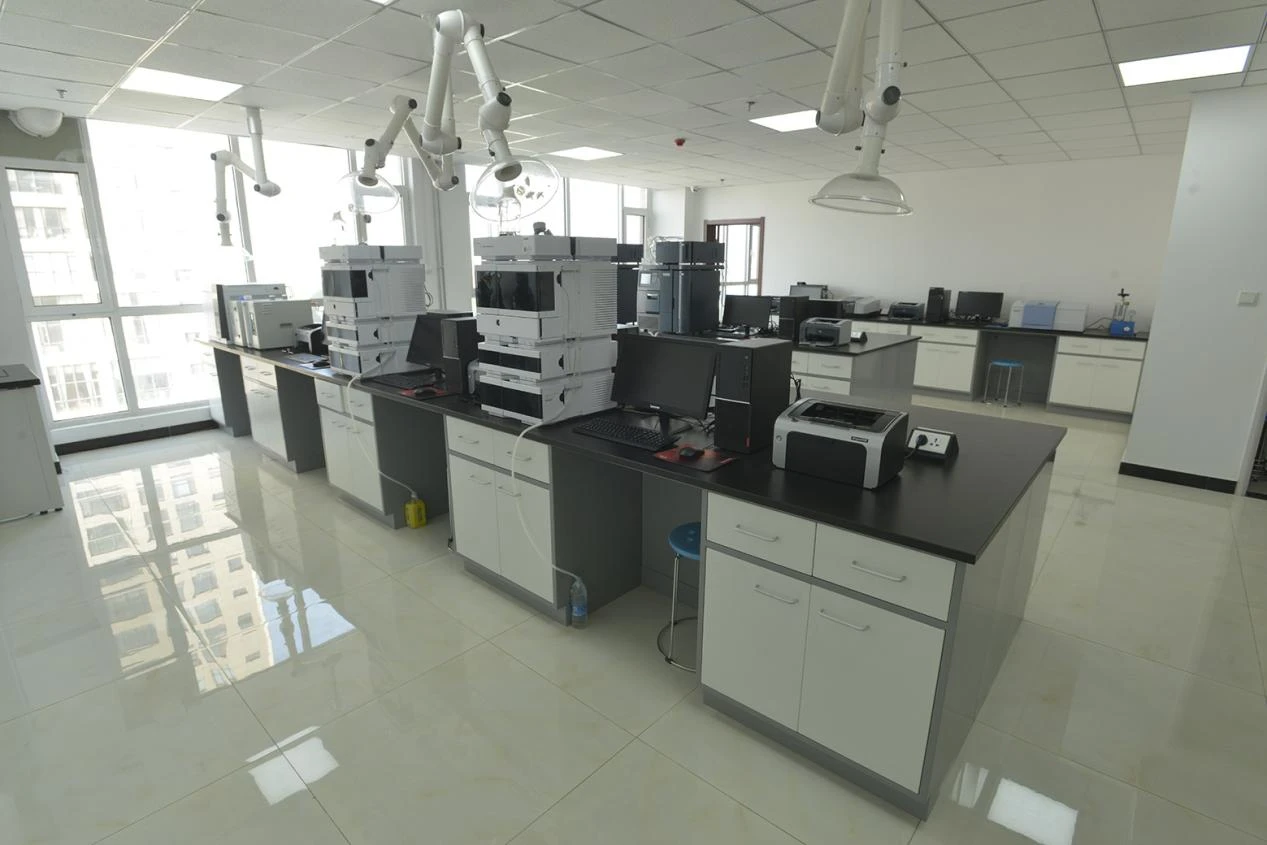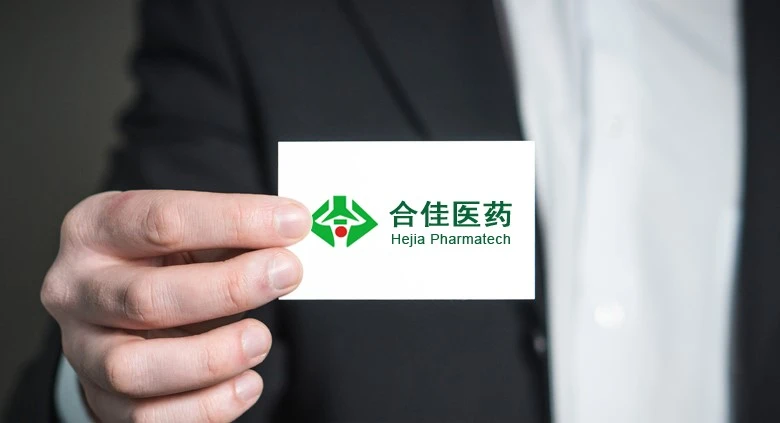- Introduction to active ingredients of cosmetics
and their importance - Cutting-edge technologies behind cosmetic ingredients
- Market data and statistics on active ingredients in cosmetics
- Comparison: Major suppliers and their performance overview
- Custom formulation: Meeting diverse business and consumer needs
- Real-world application cases and success stories
- Conclusion: Insights on what are active ingredients in cosmetics

(active ingredients of cosmetics)
Introduction: Understanding the Active Ingredients of Cosmetics
The active ingredients of cosmetics are the driving force behind a cosmetic product’s effect and performance. These compounds are not mere fillers but therapeutic or functional agents that address specific skin and hair concerns, ranging from hydration to anti-aging, sun protection, and complexion correction. According to a 2023 survey by Statista, over 67% of global consumers consider the presence and concentration of actives as the most influential factor in their purchasing decisions. In a rapidly evolving beauty landscape, knowledge of what are active ingredients in cosmetics provides both brands and users with a significant edge, ensuring safety, efficacy, and regulatory compliance.
In this blog, we’ll explore the technologies powering today’s actives, review competitive data, analyze supplier offerings, and evaluate custom solutions and use cases for maximum impact.
Technological Evolution: Advancements in Cosmetic Actives
The development of active ingredients in cosmetics has undergone groundbreaking advancements over the past decade. Key innovations include encapsulation, nanoemulsion, and liposome delivery systems that enhance bioavailability and penetration. For example, encapsulation technologies now allow vitamin C and retinoids to penetrate the dermal layer up to 50% more efficiently compared to traditional emulsions (Journal of Cosmetic Science, 2022). Peptides and growth factors are being utilized at molecular levels for signal transduction and cellular rejuvenation. The integration of biotechnology enables the sustainable extraction of actives, such as microbial fermentation of hyaluronic acid, minimizing resource depletion while increasing yield and efficacy.
In-vitro and in-vivo testing protocols have become highly sophisticated, leveraging high-throughput screening and advanced cell culture systems. This precision drives evidence-based claims and creates measurable results distinguishable to both brands and consumers.
Market Data: The Economic Impact of Active Cosmetic Ingredients
The active ingredients market in cosmetics continues to experience substantial growth, fueled by consumer demand for transformative results. The global cosmetic active ingredients market was valued at USD 3.7 billion in 2023 and is projected to reach USD 5.1 billion by 2027, exhibiting a CAGR of 8.2% (Grand View Research, 2023). Among these, peptides, antioxidants, and botanical extracts hold the largest market share, with peptides growing at the fastest annual rate of 10.5%.
| Class | Market Share (%) | Annual Growth Rate (%) | Key Function |
|---|---|---|---|
| Peptides | 28 | 10.5 | Anti-aging, Firmness |
| Antioxidants | 22 | 8.9 | Protection, Repair |
| Botanical Extracts | 20 | 8.2 | Soothe, Brighten |
| Acids (AHA/BHA) | 15 | 7.1 | Exfoliation, Renewal |
| Vitamins | 10 | 7.6 | Nutrition, Repair |
| Others | 5 | 6.2 | Various |
The highest-demand segment, anti-aging actives, accounts for nearly 40% of total market spend. In the Asia-Pacific region, botanical actives are favored, while North America leads in peptide adoption.
Competitive Overview: Comparing Industry Leaders in Active Ingredient Supply
Several global firms dominate the production and supply of cosmetic actives, distinguished by purity, innovation, sustainability, and regulatory certifications. The table below highlights key suppliers, their notable technologies, and differentiators:
| Company | Main Technologies | Annual R&D Spend (USD M) | Product Certification | Sustainability Rating |
|---|---|---|---|---|
| Crodarom | Biotechnological Extraction, AI Formulation | 48 | ISO 9001, COSMOS, Ecocert | 4.8/5 |
| Givaudan Active Beauty | Encapsulation, Fermentation | 65 | ISO 22716, RSPO | 4.5/5 |
| DSM | Nanoencapsulation, Clinical Validation | 50 | Halal, Kosher | 4.7/5 |
| Symrise | Green Chemistry, Botanical Isolates | 59 | Fair Trade, NATRUE | 4.9/5 |
| Evonik | Emulsion Engineering, Advanced Delivery | 43 | REACH, Vegan | 4.6/5 |
The leaders noted above invest heavily in research, providing advanced ingredient technologies and transparent, certified sourcing. Their competitive advantage lies in their proprietary processes and ability to meet evolving global regulatory requirements.
Custom Solutions: Tailoring Active Ingredient Profiles for Brands
As consumer demand for personalized skincare escalates, brands are seeking custom formulations tailored to specific demographics, skin types, and performance claims. Ingredient suppliers now offer modular actives—such as anti-polllution complexes or pigment stabilizers—combined to engineer unique product signatures. Over 70% of emerging cosmetic brands prefer off-the-shelf actives with custom concentration levels, while 22% opt for exclusive co-developed molecules (Mintel, 2023).
The process for bespoke active design typically includes:
- In-depth market research and consumer insights analysis
- Selection from libraries of over 1,000+ validated molecules
- Rapid prototyping using AI-based formulation tools
- Stability, efficacy, and regulatory testing
- On-demand scalability for full production runs
Real-World Applications: Case Studies of Active Ingredient Success
Effective deployment of active cosmetic ingredients directly influences consumer outcomes and brand reputation. Below are notable documented case studies.
| Brand | Key Active(s) | Solution Implemented | Performance Results |
|---|---|---|---|
| The Ordinary | Niacinamide 10%, Zinc 1% | High-volume vitamin complex for blemish-prone skin | 85% user-reported decrease in redness in 8 weeks |
| L'Oréal Revitalift | Pro-Xylane, Hyaluronic Acid | Nanoencapsulated anti-aging serum | 31% reduction in wrinkle depth in clinical study |
| Shiseido Ultimune | ImuGenerationRED Technology, Glycerin | Botanical complex for barrier protection | 93% of users reported smoother texture after 4 weeks |
| Kiehl’s Clearly Corrective | Activated C, White Birch Extract | Brightening solution targeting discoloration | Visible reduction in dark spots for 78% of users |
These cases demonstrate the tangible benefits of strategic active ingredient usage, from measurable anti-aging improvements to targeted corrective solutions, validating consumer claims and substantiating marketing narratives.
Expert Perspective: What Is an Active Ingredient in Cosmetics?
In summary, what is an active ingredient in cosmetics extends far beyond a listing on the product label. It is an intersection of scientific innovation, proven efficacy, and consumer-centric customization. Today’s cosmetic actives are engineered with data-driven approaches, leveraging advanced delivery technologies to achieve transformative results. The ongoing evolution of regulatory standards, environmental priorities, and personalization trends ensures that ingredient research and formulation will remain the cornerstone of premium brand differentiation.
As consumers, formulators, or brands seeking market leadership, keeping pace with developments in the active ingredients of cosmetics is essential for creating products that are not only effective, but also safe, sustainable, and responsive to diverse user needs.

(active ingredients of cosmetics)
FAQS on active ingredients of cosmetics
Q: What are active ingredients in cosmetics?
A: Active ingredients in cosmetics are components specifically added for a targeted skin benefit, such as moisturizing or anti-aging. They are responsible for the intended effects of the product. Examples include retinol, hyaluronic acid, and vitamin C.
Q: What is an active ingredient in cosmetics?
A: An active ingredient in cosmetics is a substance that produces a biological effect on the skin. It is responsible for delivering the product's promised results, like acne reduction or skin brightening. These ingredients are often listed separately on the packaging.
Q: Why are active ingredients important in skincare products?
A: Active ingredients are important because they provide specific benefits, such as reducing wrinkles or fighting acne. Without actives, most products would only be basic moisturizers. The choice of actives determines the effectiveness of a cosmetic product.
Q: How can I identify the active ingredients in my cosmetic products?
A: Active ingredients are usually highlighted on product labels or packaging, indicating their primary role. They are often listed at the top of the ingredient list. Look for ingredients like niacinamide, salicylic acid, or peptides.
Q: Are active ingredients in cosmetics safe to use?
A: Most active ingredients in cosmetics are safe when used as directed. However, some actives may cause irritation or sensitivity, especially on delicate skin. It’s recommended to do a patch test and follow usage instructions.


